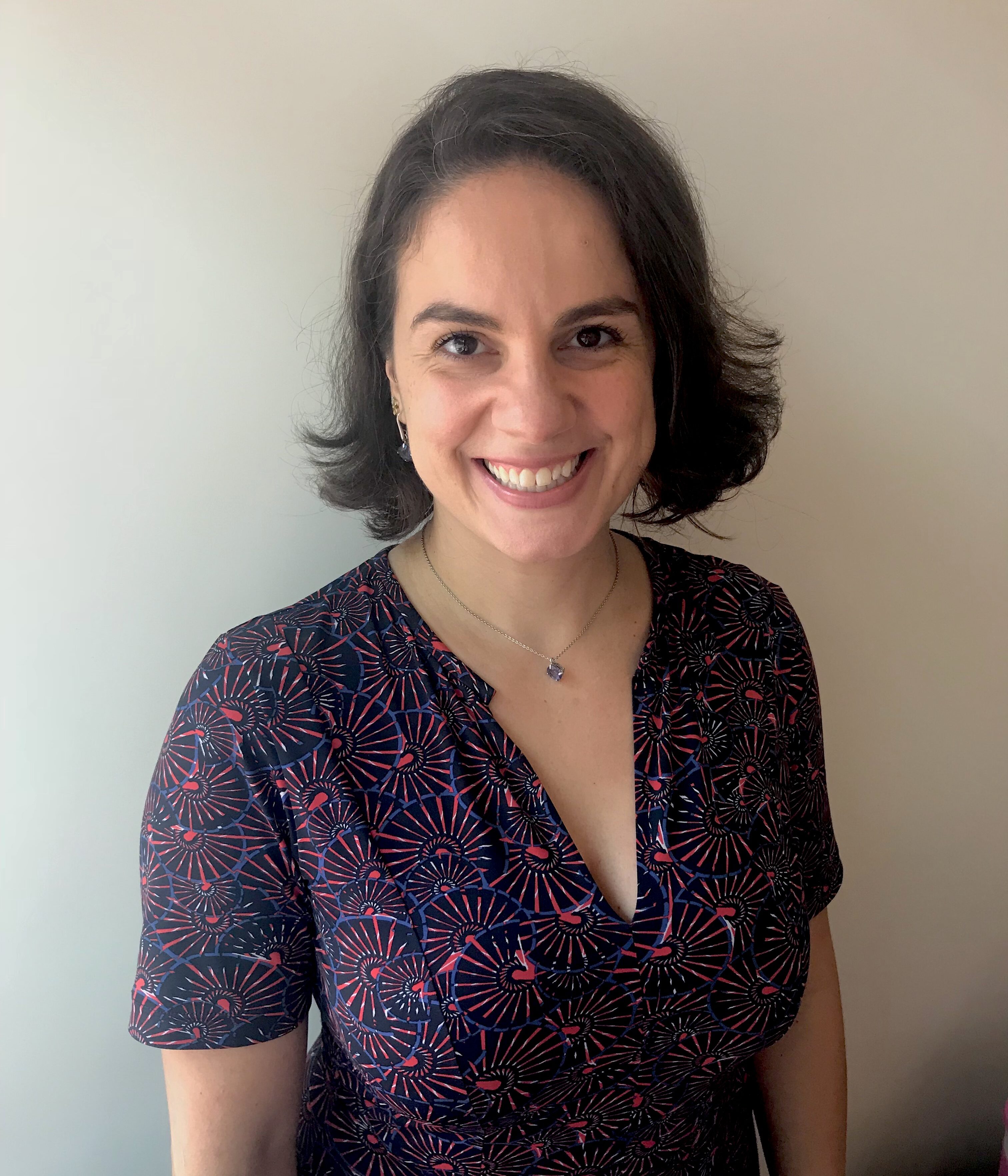Speaking Assessment
Teaching Young Learners have always interested me and assessing them comes hand in hand with it, obviously, so, for sometime now, I have been researching this area and developed a work on speaking assessment which I would like to share with you.
In order not to bore you all with an ginormous reading, I have broken the work into some parts so each month I am sharing a bit. I have already talked about YL characteristics and this month I am talking about types of speaking assessment and their value in relation to their characteristics.
In the following months I will be then talking about other aspects of YL assessment.
Definition of terms
First of all there is a need to clarify three words that sometimes are used interchangeably in certain contexts, but actually have different meanings. Test, Assessment and Evaluation.
The first, is a one event-type of assessment with set day and time to happen. It is usually based on product and ‘concerned with measuring learning through performance’ as Cameron(2001:222) suggests. We usually relate it to pen and paper tests. Tests normally have the purpose of checking if the learner has achieved the course objectives and are ‘measured in quantifiable results’ with grades and marks, as point out by Ioannou-Georgiou & Pavlov(2003:4).
Evaluation is the ‘process of gathering information to analyse the success of educational programmes’, Genesee (2001:144). It can provide information to teachers, school administration, students and parents. It can also provide information on the quality of material used and the results got from the course and learners assessment in relation to lessons given and curriculum, to mention a few possibilities.
Assessment, as defined by Ioannou-Georgiou & Pavlov (2003:4), is the ‘general term which includes all methods used to gather information about children’s knowledge, ability, understanding, attitudes, and motivation.’ Assessment requires collection of ‘relevant information and a thoughtful interpretation’ of all the gathered data, according to Genesee and Upshur (1996:4) who also say that assessment three main points are the information got, how it is interpreted and the decisions made based on it. The information needs to be relevant so to mean it has actually focused and assessed what it aimed at, therefore decisions can be appropriately made.
The definition of assessment is in the light of what Shin and Crandall (2014:246) state: assessment identifies learning goals and how well learners are achieving them. It is continuous and ongoing, providing information about learners and their relation to the learning process, strengths and weaknesses.
Assessment can be formal with tasks or activities ‘specifically designed’ to focus on skills and/or

knowledge, within a ‘relatively short time limit’. They are systematic, with planned techniques to get samples of language to allow an appraisal of students’ achievement, as defined by Brown(2001:402). Or they can be informal, ‘incidental and unplanned’, designed to elicit performance and not exactly for the purpose of recording results of learners’ competence. Shin and Crandall(2014:248) state that ‘these [assessments] are more useful in daily teaching’.
Assessment Principles
In order to develop appropriate assessment for these young learners, there are principles that cannot be overlooked as Fulcher (2010:ix) states, if language assessment is not guided by them, ‘we could end up doing more harm than good’. Bachman and Palmer (1996:19-37) call these principles ‘qualities of the assessment’, their ‘usefulness’, and this work will concentrate on five basic ones:
Reliability – ‘consistency of measures across the different times, test forms, raters, and other characteristics of the measurement context’. (Bachman 1990:24). A reliable assessment is the one that despite of who assesses learners or under which conditions, the results are always the same and stakeholders can trust them. It is accurate and consistent in its measures – Brown(2001), Shin and Crandall (2014), Huerta-Macías(2002:338).
Validity – ‘the degree to which the assessment actually measures what it is intended to measure’. (Brown 2001:387). Assessment should provide information on what its focus is. For example, if there is a need to assess aural skills [listening and speaking], a task on reading would not be valid for the purpose is different and therefore the results will not demonstrate learners’ ability in the proposed skills.
Practicality – the availability of necessary resources to implement assessment (time, space, energy, materials) well described by McKay(2006). One example of such principle could be a designed oral test that would include a one-to-one interview of 10 minutes with each and every student of a class of 16 in one day, bearing in mind their lessons are of 75 minutes. This would be highly unpractical as there would be not enough time to conduct the whole test with all students without interfering into their schedule or school timetable.
Authenticity – ‘tasks are worthwhile, significant and meaningful… they may involve such varied activities as oral interviews, group problem solving, portfolios, and so on’, Hart (1994:9), well appropriate for the age and interest of the young learners. Specifically in young learners’ scenario, the language assessment is authentic if it makes use of tasks which are appropriate and relevant to this age group, mirroring their daily and real lives. Shin and Crandall (2014:252) give several examples of such principle being one of them playing a game. They also mention the important feature of child-friendliness of it – children using language the way ‘they have been instructed’.
Washback – ‘the impact on learning and teaching. The effect of the assessment on teaching and learning and on the many people involved in the assessment process – the children, their parents, their teachers, their school community and in the community at large’, McKay (2006:115-116). This can be positive or negative, depending how the assessment is done and mainly, in my opinion, how the feedback is given to the child and to parents.
Assessment concepts and purposes
For me, the most important when focusing in young learners 6 to 8 years of age, is to use assessment for learning, having classroom-based assessment primary purpose of providing teachers with information about learners, programmes, curriculum, etc. Assessment ‘when carried out during the learning process with the aim of using their results to improve instruction is known as formative assessment’, Brindley (2002:137). Shin and Crandall (2014:248) explain it as a formal way to get the information of students’ ‘language growth development’. Monitoring learners is its primary function and should provide information in order to make decisions about the lessons, teaching procedures, on how to help learners to enhance progress and also ‘help to motivate’ them by providing formative feedback.
Formative assessment helps both learners and teachers to keep track of the process – learners can be directed towards activities that would help them develop more, teachers would know if any content needs remedial work and so on.
Feedback in formative assessment can be immediate, as it provides information about ongoing teaching and learning, as opposed to summative assessment, which is normally done at the end of a unit, or semester and does not ‘feed back into the next round of teaching’, Cameron (2001:222). In a way, summative assessment summarises learners ability up to a particular moment in the course and no necessary comment or instruction for a following stage is given.
Assessment results can be approached or analysed in two ways, one is called norm-referenced, which means that learners’ results are going to be compared to other learners in the same level, stage of development, having studied the same content, in the same class, as Shin and Crandall (2014:250) explain, ranking each individual learner in comparison to all others who were assessed, which in my opinion might not be the best approach when dealing with this age group as it seems that instead of promoting cooperation it might boost competition and comparison and could also lead to bullying in certain cases. McKay(2006:143) points out a positive trait of norm-referenced assessment though, which is providing helpful information for parents ‘to know if a child is behind the normal range of performance for his or her age’, contrasting it then with a frustrating result of comparison that could cause ‘anxiety and pressure, and recriminations against the teacher and school’.
The other approach, is when learners’ achievements are compared against a set of criteria established according to the curriculum, the aims of the lessons, etc., called criterion-reference. As Pinter, (2006:133) states, ‘teachers make a note of where each learner is according to the criteria and then track their progress. All children can learn at their own pace. Children’s results and achievements are compared with the starting point’. In terms of fairness, this seems to be more applicable to Pre-Juniors as in fact learners are being assessed based on the curriculum and what is observed and noted is what they can already do and what they still need support in.
Teachers can also base assessment either on discrete point, which is the assessment of a single item, testing one point at a time, either a grammatical structure or a vocabulary point, as Shrum and Glisan (2005:362) explain, also presenting their opinion that in the present assessment paradigm, there is little place for such assessment and more for integrative one.
Integrative assessment, on the other hand, is contextualised, demonstrating ‘integrated knowledge of relevant systematic features of the language [pronunciation, grammar, vocabulary] with an understanding of context’, McNamara (2000:15), allowing a more holistic view of the learner. According to Shin and Crandall (2014:250) integrated assessment is closer to what happens in class and is more likely to create a positive atmosphere keeping learners free of anxiety and encouraged to take risks. Young learners do not have a proper understanding, as already seen, of language abstractions that could benefit from assessment other than integrative, in my opinion.
So, the whole point should be to fully understand WHAT assessment entails and its important role in the learning process. It’s not merely giving a grade, not setting a test, but we should be helping our learners towards a positive attitude regarding English and representing what they are actually learning.
Let’s go on thinking about it while we wait for more on the topic…






